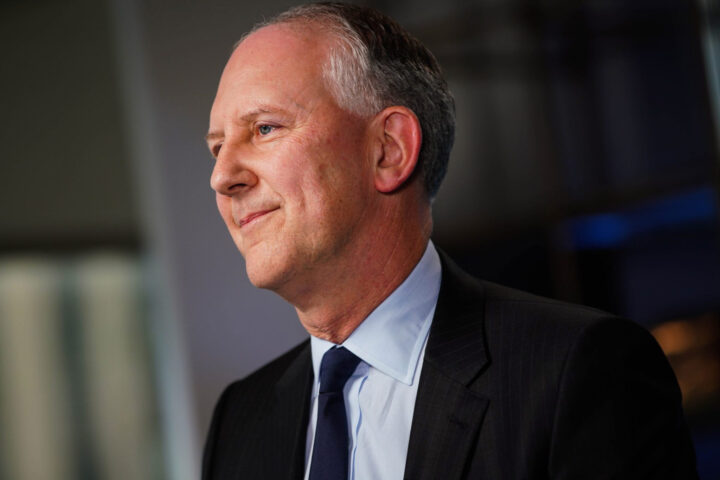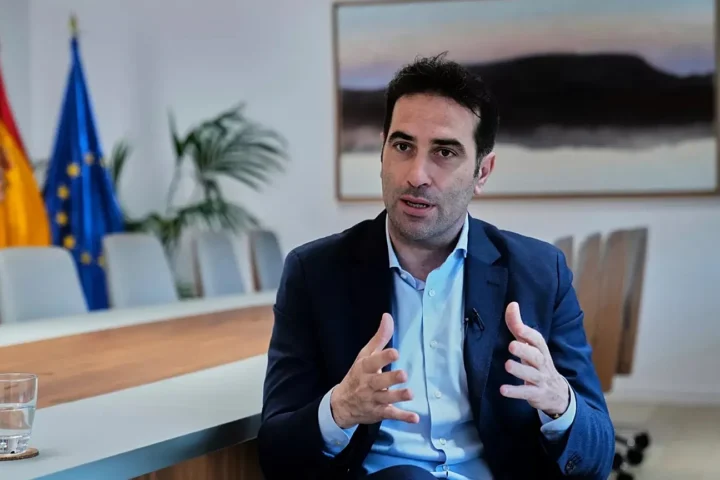Salesforce, the world’s leading customer relationship management (CRM) platform, is undergoing one of the most profound transformations in its history. CEO Marc Benioff confirmed this week that the company has eliminated roughly 4,000 customer service positions as artificial intelligence takes on a greater share of tasks once performed by human employees.
The announcement underscores a growing trend across industries: as AI systems become more capable, especially in natural language processing and automated support, companies are aggressively restructuring their workforces to reduce costs and increase efficiency.
“I Need Less Heads”
Speaking candidly at an industry event, Benioff said the decision was a direct result of the company’s adoption of AI technologies that can handle a significant portion of customer inquiries without human intervention.
“We’re at a point where AI is not just an assistant—it’s doing the job,” Benioff said. “That means I need less heads in customer service. The reality is we can deliver faster, more consistent, and more cost-effective support with AI.”
While blunt, the remark reflects the harsh realities of corporate strategy in the AI era. Companies face intense pressure from shareholders to leverage automation and protect margins, even if it means painful job losses.
The Role of AI in Salesforce’s Business Model
Salesforce has been at the forefront of integrating artificial intelligence into its core offerings. Its Einstein AI platform, launched several years ago, has expanded into chatbots, predictive analytics, and automated workflows that increasingly reduce the need for human intervention.
Recent advances in generative AI—including large language models capable of handling nuanced customer conversations—have accelerated this shift. Today, Salesforce’s AI tools can:
- Handle tier-1 customer support inquiries without escalation.
- Predict customer needs and recommend solutions in real-time.
- Provide human service agents with AI-assisted scripts, reducing call times and improving efficiency.
With these tools in place, Salesforce is restructuring its workforce to reflect the reduced demand for manual support.
Human Cost of AI Efficiency
For the 4,000 employees affected, the news is sobering. Customer service jobs have long been a stepping stone for workers entering the tech industry. Now, these roles are increasingly vulnerable as companies deploy AI to handle repetitive or high-volume tasks.
Unions and labor advocates have raised concerns about the social and ethical implications of such job cuts. While AI promises efficiency gains, displaced workers often face difficulty retraining or finding new roles in equally stable industries.
“Automation doesn’t just change work—it eliminates work,” said one labor economist. “Companies like Salesforce are showing us both the promise and the peril of AI adoption.”
Investors and Market Reaction
From a financial perspective, Salesforce’s decision aligns with Wall Street’s expectations. The company has been under pressure to boost profitability after years of heavy spending on acquisitions and expansion.
Shares of Salesforce rose modestly following Benioff’s remarks, as investors interpreted the cuts as a sign of fiscal discipline and AI-led growth potential. Analysts say the move could improve Salesforce’s margins while positioning the company as a leader in AI-powered enterprise solutions.
The Bigger Picture: AI and the Future of Work
Salesforce is hardly alone. Across industries—from banking to healthcare to retail—AI adoption is reshaping employment structures. According to a recent report by McKinsey, as many as 300 million jobs worldwide could be automated in whole or in part by AI in the coming decade.
At the same time, new categories of work are emerging. Demand for AI engineers, data scientists, prompt designers, and ethics specialists is growing rapidly. For companies, the challenge lies in managing this transition without alienating employees or sparking backlash from regulators.
Benioff’s Balancing Act
Benioff has long cultivated an image as a socially responsible leader, championing philanthropy and progressive corporate values. His frank acknowledgment that “I need less heads” highlights the tension between profitability and social responsibility in the age of AI.
Going forward, Salesforce’s reputation may hinge not just on how effectively it deploys AI, but also on how it supports workers displaced by automation. Retraining initiatives, severance packages, and opportunities in new divisions could help soften the blow.
Conclusion: A Harbinger of What’s to Come
Salesforce’s workforce reduction is a microcosm of a broader transformation sweeping global business. AI is no longer a futuristic promise—it is a present reality reshaping the labor market at scale.
For companies, the efficiencies are undeniable. For workers, the uncertainties are profound. And for society, the question grows sharper: how do we balance the benefits of technological progress with the human cost of disruption?
As Benioff himself acknowledged, Salesforce has entered “uncharted territory.” How it navigates this path will be closely watched—not just by investors, but by workers across the globe who see their own futures reflected in the fate of 4,000 customer service jobs.


























